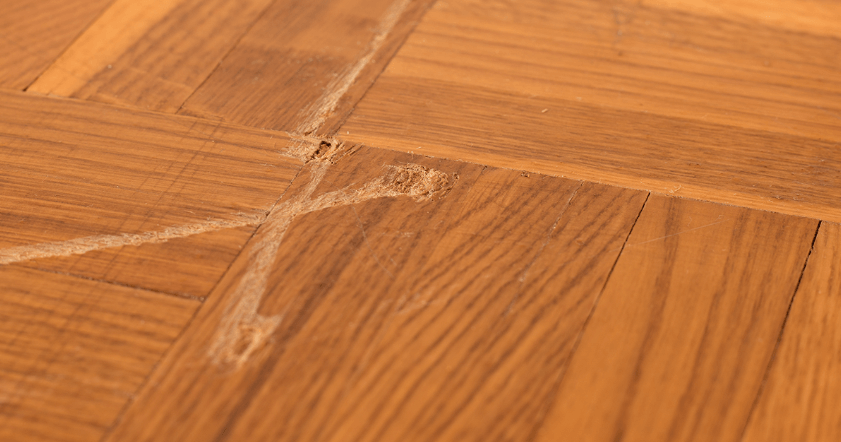A liability policy pays for the loss that someone else has suffered but that you’re responsible for. With public liability (also known as general or broadform liability) this generally equates to the value of the property that has been damaged. If that property is 5 years old then its value has clearly depreciated from what it was when new. Liability insurance won’t pay to replace something old with something new, that is known “betterment”.
As an example, let’s say one of your workers accidentally scratches an expensive dining table while doing a renovation. If that table was brand new your liability insurance would pay to replace it with a new one. If the table was 10 years old however, it will be worth much less than a new one, so your policy will only cover the indemnity value (also referred to as the market or present value).
Clearly, your customer won’t be happy with this, as they will want a new table and will be holding you liable for the full cost of a new one. If the claim was made directly on your liability insurance you would need to cover the difference between the cost of a new table and the indemnity value that your policy pays out.
That’s why it’s always recommended for the third party (that’s the person who has suffered the damage) to make the claim on their own house or contents policy first. Those policies cover replacement value, so in this example their policy will pay for a new table to replace the old one.
What happens next is their insurance company holds you liable for the loss they have suffered to replace the table, which is the full replacement value they have paid out. So, this is the value that your liability insurance will cover. In that way the homeowner gets a new table, your insurance pays for the cost of that new table (less your excess) and there is no gap between the replacement value and the indemnity value that you would need to make up. The homeowner’s excess will also be part of that reimbursement by your liability insurer, so it won’t cost them anything. And since their insurer’s costs have been fully reimbursed it also won’t affect their claim history or no-claim bonus.
If they don’t want to make the claim themselves then you just have to be aware that there may be a shortfall between what your liability insurance pays (indemnity value) and what you are held liable for (the cost of a new one).
If the claim is for accidental damage to a building and you, as the contractor, are in the best position to make the repairs then a claim could be made directly on your liability policy. In that case, in addition to materials, labour would be covered but without any margin applied.
Always remember that if the damage is to items and materials you have supplied as part of your contract, and if that contract is still in progress, your liability insurance is unlikely to cover it (since at that point the homeowner hasn’t suffered any loss). That’s what contract works insurance is for. Even if you’re a subbie and the main contractor (or the homeowner) has arranged the contract works insurance, you are entitled to claim on it for any accidental damage you have caused.
In a nutshell
Liability insurance covers the loss suffered by a third party as a result of damage you have caused. If that item is a few years old then it will have decreased in value, so it will be worth less than the cost of a new one. A claim made directly on your liability policy it will only pay the current/market/depreciated value of the damaged item, not the cost to replace it with a new one. If the damaged item is replaced under a house or contents policy then your liability insurance will reimburse that insurer for their loss, which was the full replacement cost. That’s how to ensure your liability insurance will cover the full cost (less excess) of replacing a damaged item with a new one and is the typical process advised by insurers.

